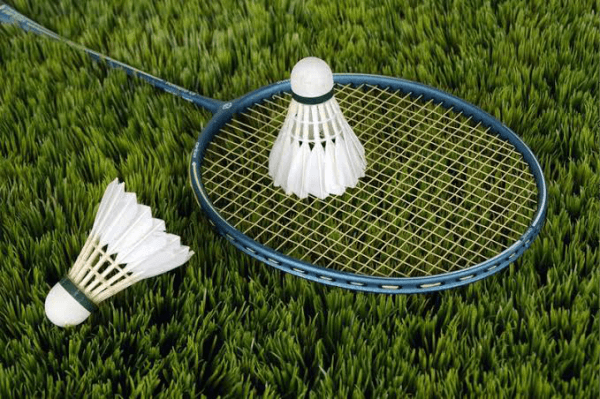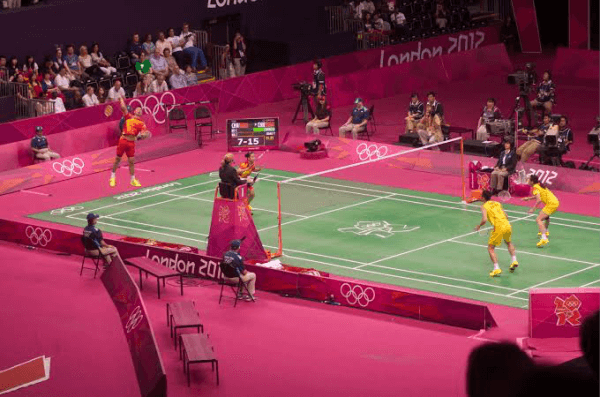My Favourite Game EssayA game is something that is done for amusement or enjoyment. Based on their traits, games may be categorized into many kinds. Games are interactive entertainment that calls on skill, luck, and strategy. One person, two persons, or even a team can play these. Games that rely on strategy and pattern recognition are the most common. Players in these games must initially arrange various objects on the board in matching combinations of shapes and colors. These games need more intricate patterns and strategic thinking as the levels become more challenging. Many of the most well-liked games demand that the player have a thorough understanding of the rules and be skilled at manipulating them to increase their chances of winning. The Fascination of Video Games Among TeenagersTeenagers frequently engage in a range of video games. They do, however, frequently concentrate more on one genre than another. For instance, guys are often more inclined than girls to play fantasy games. Daily gamers also play strategy, horror, fantasy, and action games. Additionally, they are more prone to engage in virtual worlds. The gaming industry has altered with new business models like subscription services and customized billing. Players may now get unique add-ons and virtual cash from brands. Some companies are even bridging the gap between the real and virtual worlds by giving players access to virtual items. These fresh gaming business models are constantly changing and will do so as long as the sector expands. The Allure of Traditional Games in a Digital EraThere is a growing urge to return to traditional games at a time when electronic games and virtual experiences predominate. While playing electronic games can immerse you in a virtual world, playing physical games has real advantages that a screen cannot match. Physical games encourage interpersonal communication and social engagement, fostering cooperation, collaboration, and the growth of critical social skills. They promote physical well-being and stimulate physical exercise, which helps counteract sedentary lifestyles. Physical games also foster imagination and creativity, requiring players to interact with tactile components and develop novel solutions to problems. They provide a respite from nonstop screen time, easing eye strain and encouraging a healthier balance between virtual and actual events. Physical games are essential to embrace in a world where technology is taking over because they provide special and worthwhile experiences that their virtual counterparts cannot entirely replicate. The Role of Games in Education and DevelopmentThe education and development process must include playing games. Playing games promotes a proactive approach to learning. It can all directly impact our physical well-being, height, and weight, and it also offers us the power to resist illness. We benefit from continuing to be active as we age. Encouragement of outdoor activities will help us to build a healthy outlook on keeping an active lifestyle. There are two categories of games: outdoor games and indoor games. Indoor games include ludo, carrom, chess, and cards. Outdoor sports include badminton, basketball, tennis, football, and cricket. Long-lasting outdoor games like kabaddi, wrestling, horseback riding, swimming, and ball fighting are commonly played in India. I will discuss the game I enjoy playing the most in my essay on my favorite game, badminton. 
Badminton is the sport that I enjoy playing the most. It has aided in my health and vitality. A lightweight racquet and a shuttlecock are used to play badminton. It's a really fascinating game that never fails to grab my interest. I began playing badminton when I was 10 years old, and at the age of 12, I won my first competition. I won a few more matches after that throughout the years, up until the age of 20, when my career took off. I occasionally take out my racket, though, for casual get-togethers with my friends. Even the best players in the world will never fully understand the game's complexity, despite the fact that its integrity inspired its invention. History of BadmintonBadminton has a long history traced back to ancient civilizations and various traditional games practiced in diverse nations. Badminton, as we know it today, developed over time under the influence of several racquet games. The sport of badminton was invented in 1873 and took its name from the English rural estate "The Dukes of Beaufort." The game's beginnings can also be traced to ancient Greece, China, and India. There are badminton competitions throughout the world. Numerous national, regional, and zonal competitions are held in different nations. The All-England championships are one of the renowned badminton competitions. The Thomas Cup and Uber Cup are more notable and renowned worldwide competitions. Badminton was introduced as an Olympic demonstration sport for the first time in 1972. Badminton was a full medal event at the 1992 Olympics. Doubles and mixed doubles competitions were held at the 1996 Summer Olympics for both men and women. The faintest winds can cause the shuttlecock's direction to alter; hence professional badminton is played indoors around the world. But you can also play badminton outside if you're having fun. 
Even though players only have milliseconds to recover a shot they've already taken, many manage to do so completely and in the exact area where their opponent wants the shuttle to land. After years of gruelling training, the tension experienced by an individual when the outcome of the team's performance is at stake is incomprehensible. I am thankful to my parents for exposing me to this sport because it has significantly aided my personal development. I have learned from playing this game that winning or succeeding is not the main objective. It supports my ability to handle stress both physically and psychologically while maintaining a positive outlook. Rules of The GameWhether playing singles or doubles, the badminton court is a rectangular space with set dimensions. The court is 13.4 meters long and 5.2 meters broad when playing singles and 6.1 meters wide when playing doubles. The court's whole width is covered by a net that is 1.5 meters high and placed in the middle of the court. The "precise room," a clean area around the badminton court, is crucial. This clean area is usually 1.3 meters wide on all court sides. It guarantees that shots may be played from various angles without impediment and enables players to move freely. Badminton is well recognized for its quickness and currently has the title of quickest shuttle sport. The game of badminton calls for quickness and agility, as seen by the astonishing 493 km/h world record for the quickest shuttlecock speed. Badminton has particular regulations for games that competitors must follow. When the game begins, a coin toss decides which team to serve or receive first. The coin toss winner may choose to serve or receive, while the losing side may pick which side of the court they wish to start on. Players are not permitted to contact the net with their bodies or racquets at any point throughout the game. This regulation maintains fair play by prohibiting any advantage or interference brought about by touching the net. Players must always strike the shuttlecock below their waists, another crucial requirement. This regulation encourages appropriate technique by prohibiting players from unfairly gaining an advantage by striking the shuttlecock from higher places. A fault would also arise from players touching any of the court's lines while actively playing. In badminton, scoring is easy to understand. A player receives a point when they successfully hit the shuttlecock over the net, and their opponent cannot return it, either by missing the shot or by having the shuttlecock land beyond the court's perimeter. The first man or team wins the game to score 21 points (with a two-point advantage). The shuttlecock also touches the ceiling while in play, which is a fault. This can happen if the shuttlecock is lobbed or hit excessively high, causing it to contact the ceiling and stop playing. A mistake results in the opponent's player or team receiving a point. Major Indian PlayersPrakash Padukone began a long legacy for Indian badminton when he won the All India Openand rose to the top of the global rankings in 1980. Punnela Gopichandfollowed him when he won the same championship in 2001. In the twenty-first century, Indian badminton's triumphant journey was headed by women athletes. Saina Nehwal is the first female badminton player from India to reach the top spot. She has become the first Indian athlete to win an Olympic medal at the 2012 Summer Olympics in London. P. V. Sindhu surpassed Saina Nehwal as the first Indian female badminton player to be a double gold medalist in the Olympics. In Basel, 2019, she also made history by becoming the first Indian woman to win the global title. 
Effect on HealthPlayers of the well-liked sport of badminton might benefit from several health advantages. Participating in frequent badminton matches might improve one's physical and mental health. Here are several ways that playing badminton benefits players' health:
Individual outcomes may differ, so it's vital to remember that before beginning any new workout program, it's always wise to speak with a healthcare practitioner, especially if you have any underlying health issues or worries. ConclusionA badminton player can have all the strength, endurance, agility, and talents in the world. Still, they can be stirred up mentally at any time or place without the universality of mental fortitude. No matter how long they have played, an experienced badminton player should be able to retain their speed and the precision of their shots until the end of the match. This is where a person's level of mental toughness is crucial. It has been proved that their ability to transcend is what sets champions apart from others on a large stage. It is similar to the hare and tortoise tale, in which the tortoise defeated the hare by using consistency in performance as the only motivating element. All of this excites me and rekindles my interest in this magnificent game, in which my nation has constantly performed better.
Next TopicNatural Disasters Essay
|
 For Videos Join Our Youtube Channel: Join Now
For Videos Join Our Youtube Channel: Join Now
Feedback
- Send your Feedback to [email protected]
Help Others, Please Share










